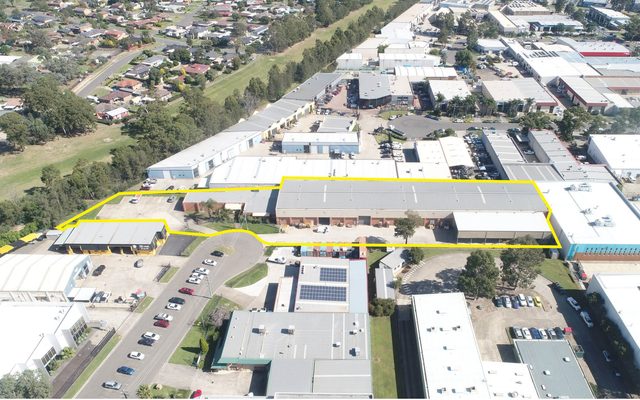This article is from the Australian Property Journal archive
AFTER 10 consecutive quarterly increases, the December quarter saw finally saw house asking rents hold steady for the combined capitals.
According to the latest figures from Domain for the December quarter, house weekly asking rents were stable with unit asking rents up 0.8%.
Despite some welcome moderation for renters, asking rents are still at record highs across the combined capitals at a combined dwelling median of $600.
“Some good news for renters at the start of the new year – the rental market may have turned a corner over the December quarter,” said Nicola Powell, chief of research and economics at Domain.
“While the strain on Australia’s rental market remains evident, there’s a glimmer of hope that conditions are easing and rental price growth is slowing. Nationally, potential tenants will find greater choice, consistent with the seasonal lift in vacant rentals that occurs at the end of the year as the rental market moves into the busy changeover period.”
At the same time, the vacancy rate is showing signs of improvement across most of the capital cities, with Sydney, Melbourne and Brisbane at 12-month highs of 1.3%, 1.2% and 0.9% respectively.
While Darwin was at a 3.5-high of 1.7% and Canberra hit a record high of 2.0%.
On the other hand, Adelaide and Perth remained just above their record lows with both at 0.4%. Having each saw below 1% for more than three years.
Australia still needs an additional 30,000 to 60,000 additional rentals to establish a balanced market, or a vacancy rate of 2% to 3%.
In Sydney, unit rents were steady for the first time in two and half years at $680 per week. While house asking rent growth continued slow for the second quarter, at $730 per week.
In Melbourne, rents were steady for the first time in more than two years after eight consecutive quarters of growth. With house rents at $550 per week and units at $520 per week.
Brisbane house and unit asking rents continued to grow over the December quarter, with house rents up 1.7% to $600 per week and units up 1.8% to $560 per week.
Adelaide house rental growth reached a 3.5-year low hitting a new record high median of $560 per week, while unit rents were steady at the record high of $450.
Perth is also continuing in its longest run of rising rents, with house rents up for ninth consecutive quarter to $620 and units up for the sixth to $520.
In Canberra, both house and unit rents were up for the first time in a year, growing to $680 per week and $560 per week respectively.
On the other hand, Hobart saw its first annual decline in unit rents in a decade, down 4.3% to $450 with house rents returning to a record high of $550 per week.
Finally, Darwin’s median house rents were steady for the third month in a row at $650 per week, with unit rents rising to their highest level since 2014 at $540 per week.
“Looking ahead, several factors are slowing rental growth — stretched affordability, more renters opting for house shares and a slow return of investors over 2023. They will continue to play out in 2024,” added Powell.
Additionally, more renters are expected to enter homeownership in 2024, with new first home buyer incentives coming into effect.
“We forecast a tipping point to be reached at some stage this year, making a return to a more balanced rental market,” concluded Powell.




